Parsely
Petroselinum crispum
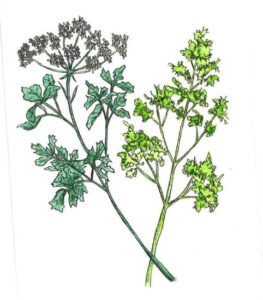
Persil (French), 香菜 (Xiangcai, Mandarin), بَقدونس (baqdwns, Arabic), अजमोद (Ajamod, Hindi), કોથમરી, (Kōthamarī, Gujarati), perejil (Spanish)
Parsley is native to the Mediterranean, and it has been cultivated in Europe for more than 2,000 years. It was brought to the Americas during European colonialism, and it remains a common ingredient in many European and Middle Eastern cuisines today. The plant grows well in containers which makes it a popular addition to kitchen gardens and herb gardens throughout Europe and the United States. Home gardeners in Florida often grow parsley as a patio plant to harvest leaves as needed and to attract pollinators.
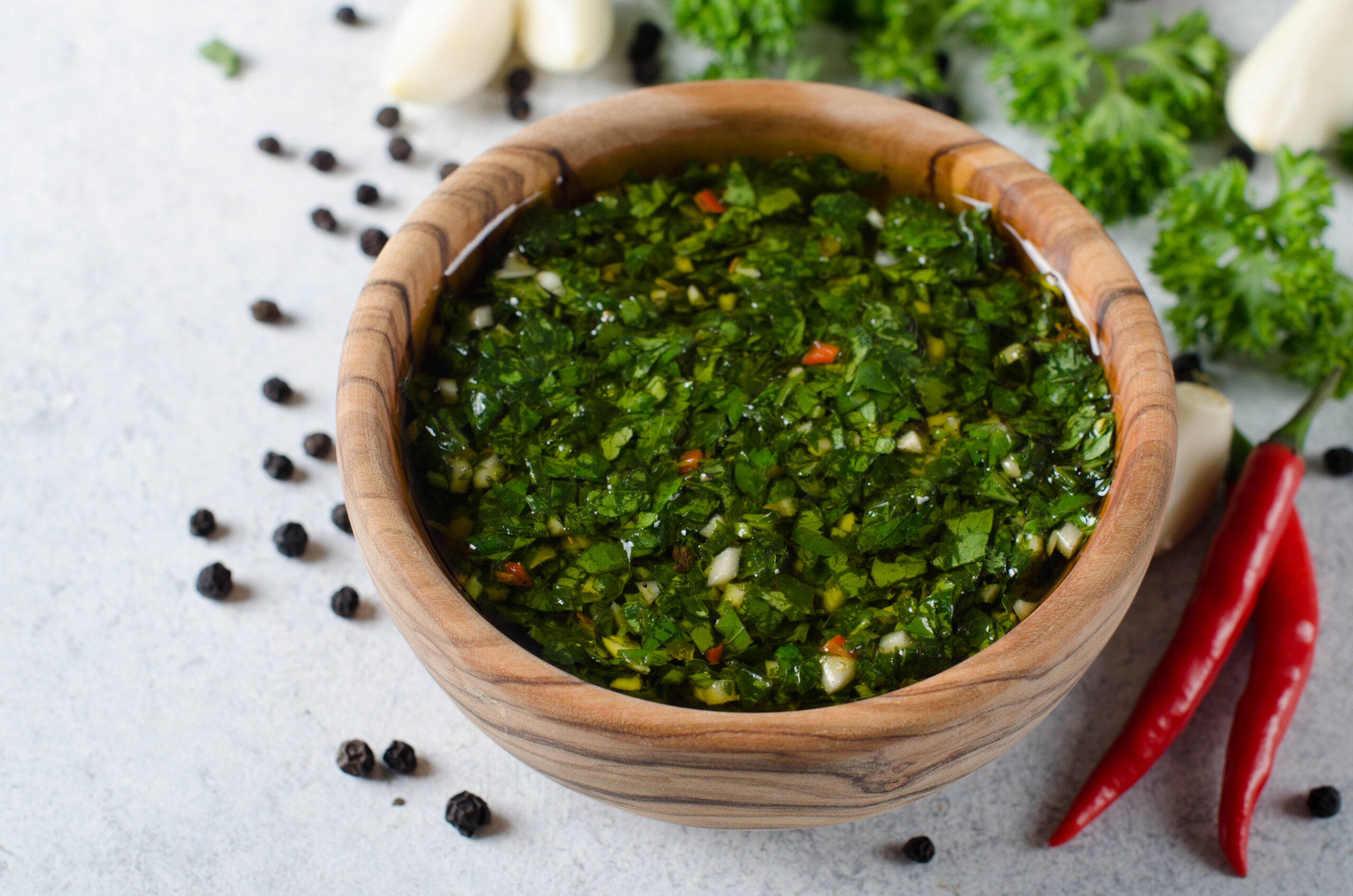
Parsley is native to the Mediterranean, and archaeological evidence suggests it was first cultivated in the island of Sardinia more than two thousand years ago. It spread into Europe and it is mentioned in Anglo-Saxon literature in Britain during the medieval period. Through the ages parsley became naturalized in many areas throughout Europe, and it was introduced to the Americas during the colonial period. It is common in kitchen gardens throughout Europe, and it is popular in herb gardens throughout the United States. In Florida, parsley is often grown in containers and on patios to harvest the leaves and attract pollinators.
Parsley was used medicinally before it was a recipe ingredient, and it is mentioned in ancient texts, such as the Jewish Tanakh and Christian Gospels several times. Parsley is part of the Seder passover plate to symbolize the flourishing of the Jews after first arriving in Egypt.Today both varieties of parsley, curly and flat, are widely used in European and Middle Eastern cuisines. In European cuisine, parsley is most recognizable when it is used as a garnish, yet it is also chopped raw and sprinkled atop pastas, potatoes, casseroles, soups and stews, meat dishes and seafood. In French cuisine, Persillade is a mixture of chopped parsley and garlic and Italian cuisine adds lemon zest to create gremolata. Dried parsley is added to breads, marinades, sauces and spice mixes. The parsley root is also added to a variety of European soups and stews. Chopped fresh parsley is the primary ingredient in a Middle Eastern side dish called tabbouleh and in an Iranian stew called ghormeh sabzi. It is the main ingredient in uncooked sauces called chimichurri in Latin America. In the United States, parsley has been integrated into a wide variety of international fusion cuisines.
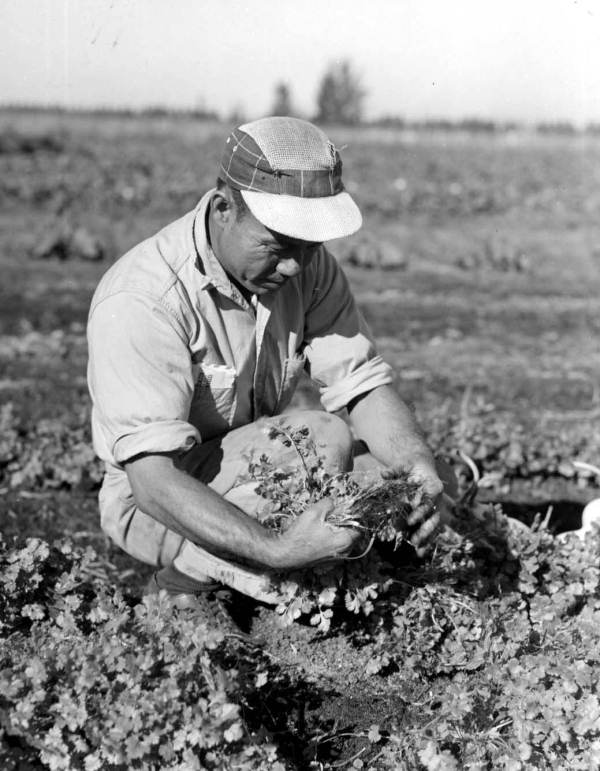
Parsley is rich in vitamins A, C, and K; several B vitamins; calcium; and iron.
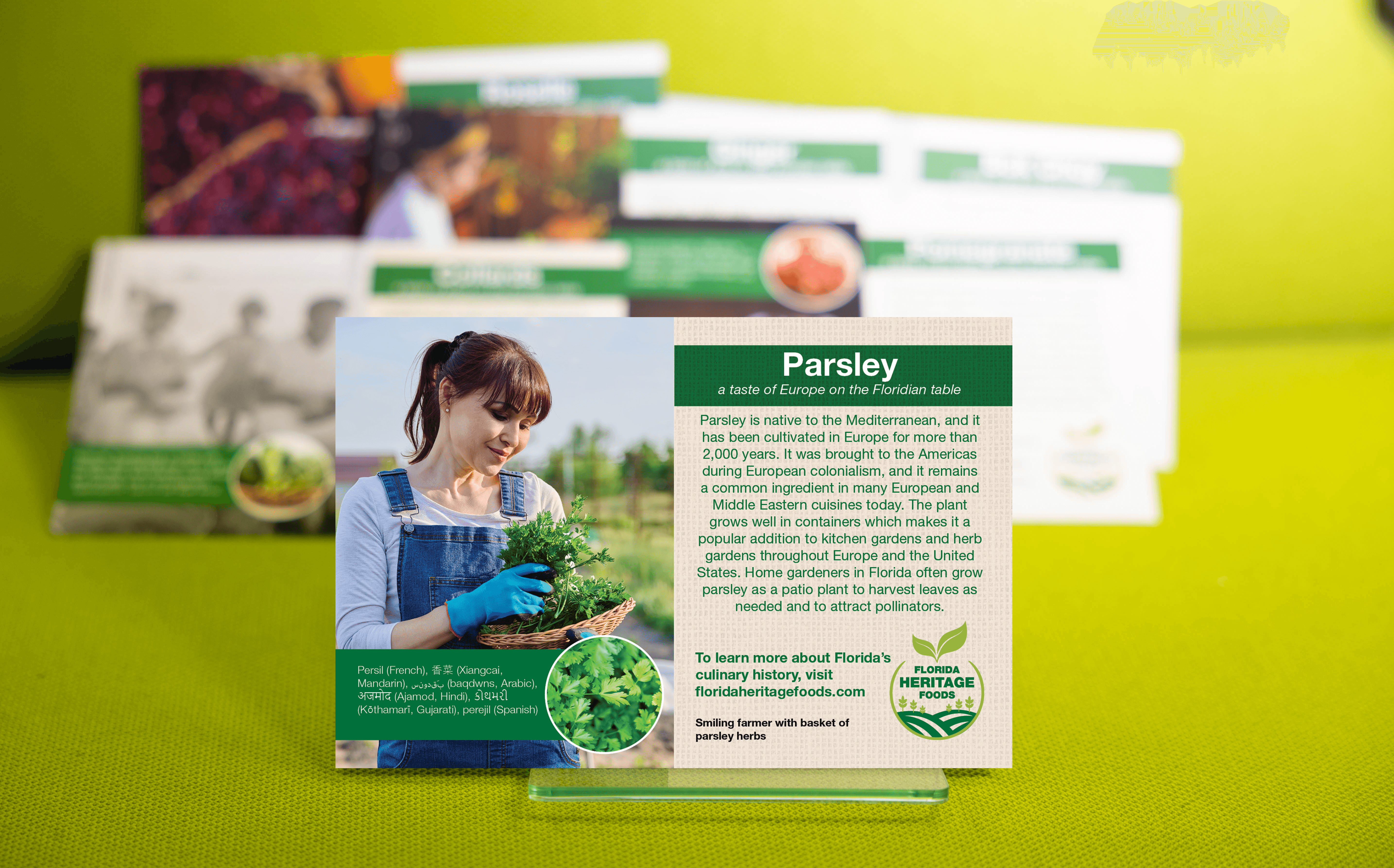
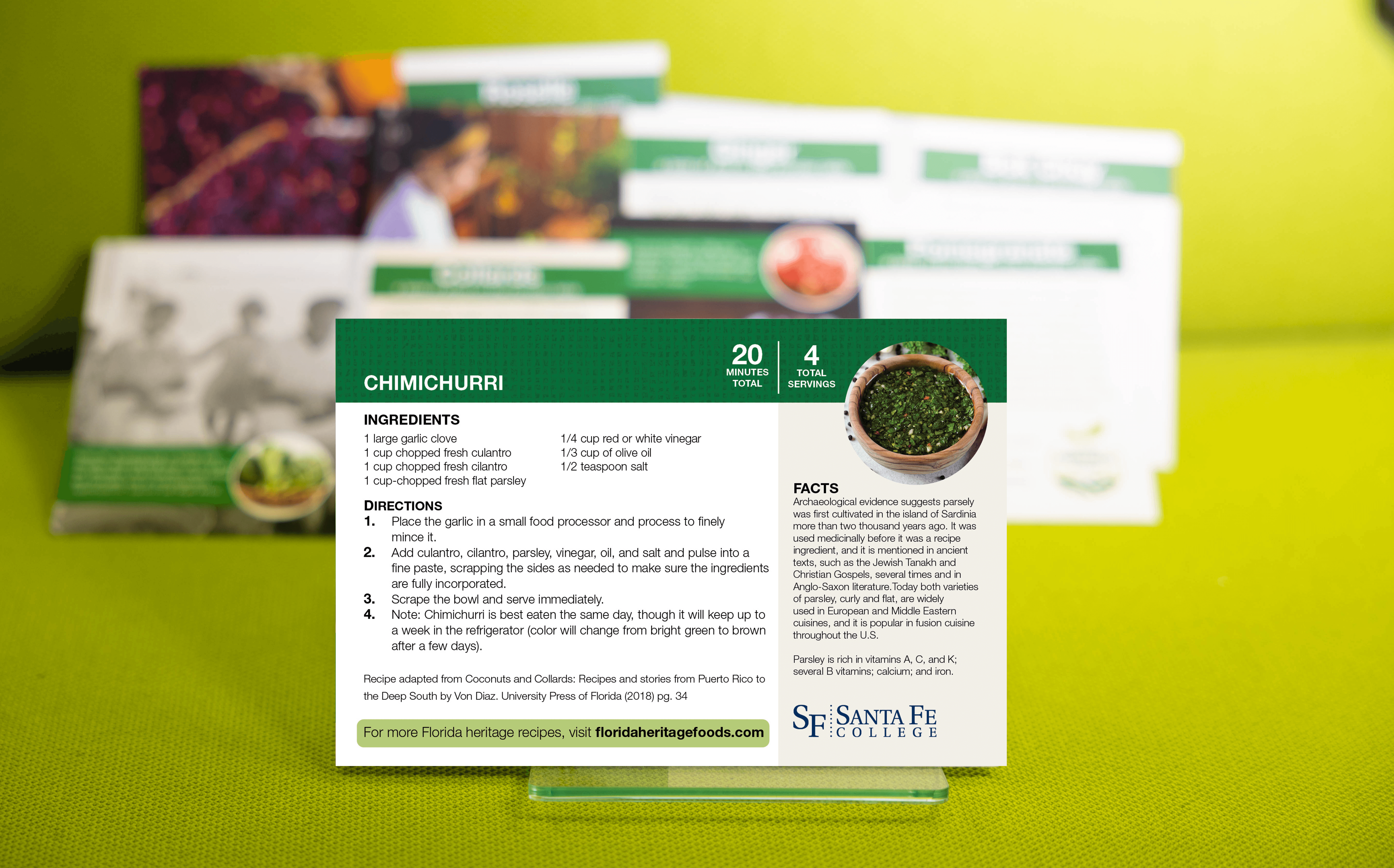
Plant in fall and spring, October through March, by direct seeding or transplants. Harvest leaves December through May. Parsley flowers attract pollinators, and the leaves are favored by black swallowtail butterfly caterpillars.
To plan, a heritage garden, download the ‘Planning a Florida Heritage Garden (PDF).’
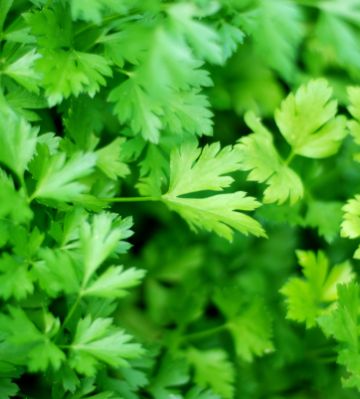
Santa Fe College Partnered with Multiple Organizations in a Collaborative Effort to Bring Awareness of the Heritage Plants In Florida.
BY CULTURAL HISTORY
BY GROWING SEASON
DROUGHT TOLERANT PLANTS
Commitment to Equal Access and Equal Opportunity
Santa Fe College is committed to an environment that embraces diversity, respects the rights of all individuals, is open and accessible, and is free of harassment and discrimination. For more information, visit sfcollege.edu/eaeo or contact equity.officer@sfcollege.edu.
SACSCOC Accreditation Statement
Santa Fe College is accredited by the Southern Association of Colleges and Schools Commission on Colleges (SACSCOC). For more information, visit sfcollege.edu/sacscoc.
